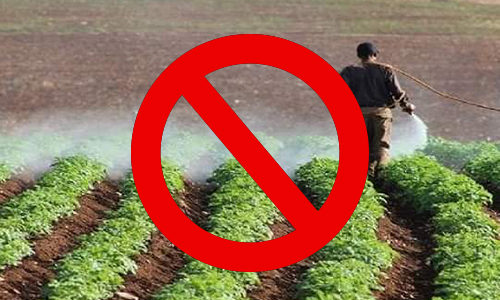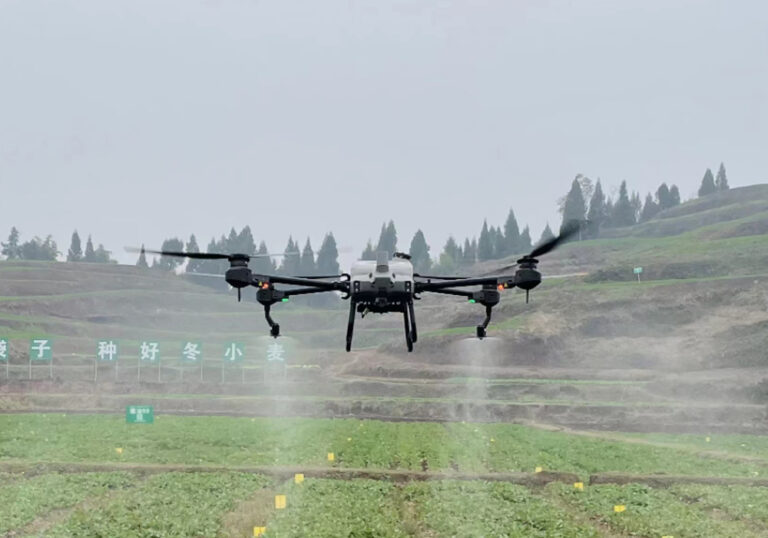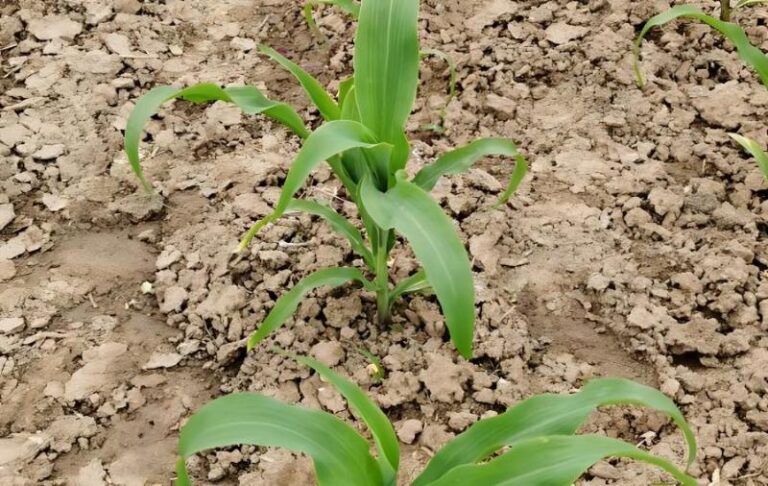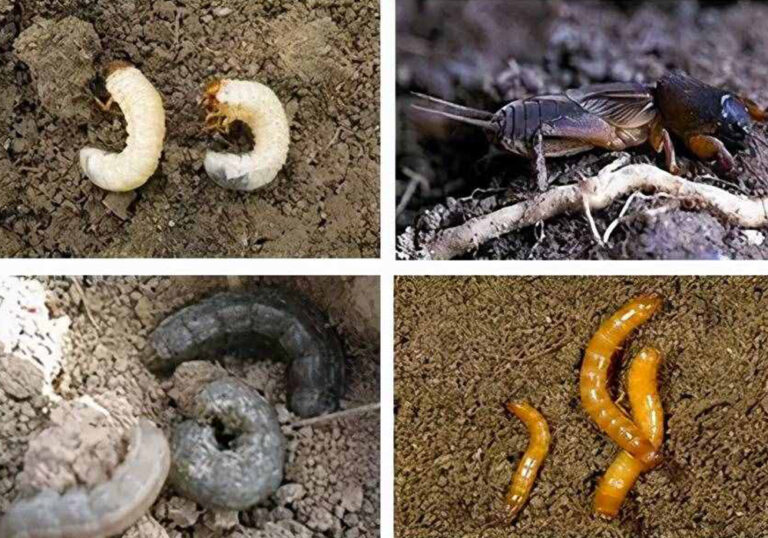Common types of insecticides can be divided into: stomach poisons, contact pesticides, systemic agents, fumigants.
Types of insecticides-Stomach poison
This pesticide enters the insect’s body through the digestive system and poisons the insect to death. Such as insecticides trichlorfon, etc. These pesticides are very effective against pests with chewing mouthparts and licking and sucking mouthparts.
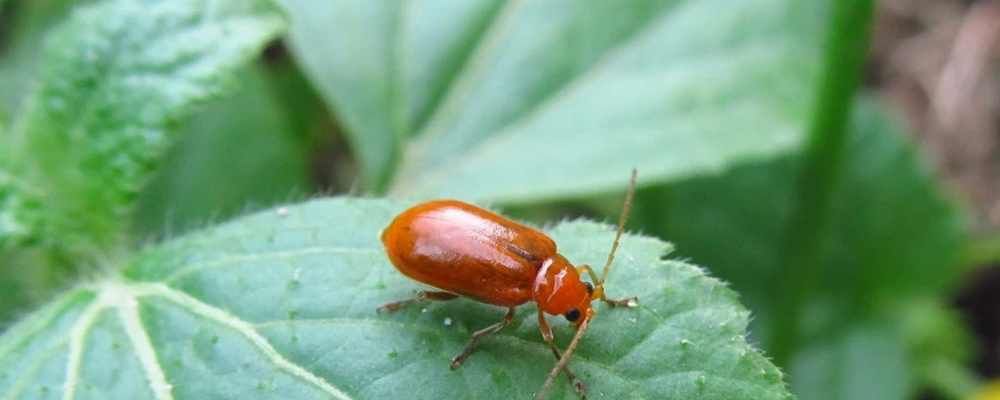
Types of insecticides-Contact insecticides
This kind of pesticide is a pesticide that poisons and kills pests by coming into contact with the insect body, and the pesticide enters the insect body through the body wall. Such as most organophosphorus pesticides and pyrethroid pesticides. Contact pesticides can be used to control various mouthparts of pests. However, it has poor effect on scale insects, psyllids, whiteflies, etc. whose body is covered with waxy secretions.
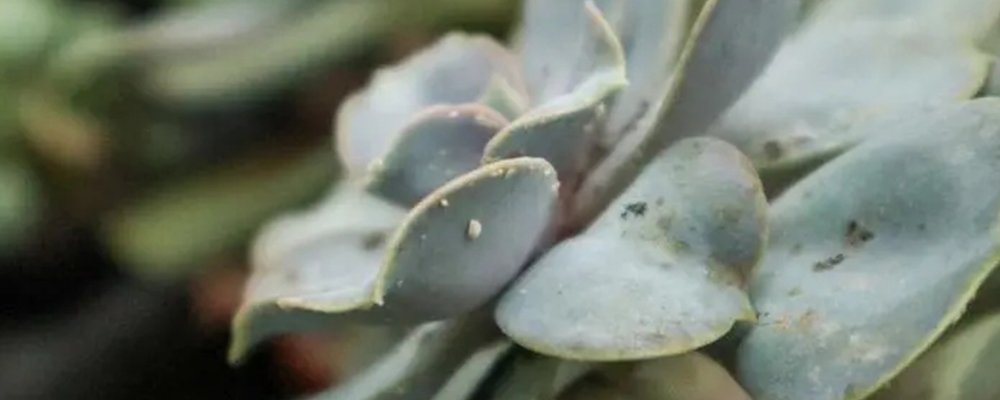
Types of insecticides-Systemic inhalants
This kind of pesticide is easily absorbed by plant tissues, transported within the plant, and transmitted to all parts of the plant. It may also produce more toxic metabolites through the metabolism of the plant. When pests feed on the plant, they are poisoned and killed. Such as imidacloprid, etc. Systemic agents are particularly effective against pests with piercing-sucking mouthparts.
Fumigant
This agent can vaporize into toxic gas at room temperature and enter the respiratory system of pests through the insect’s spiracle, poisoning and killing the pests. Such as aluminum phosphide, etc. Fumigants should be used under closed conditions for best results. For example, when using aluminum phosphide tablets to control dry borer pests, soil should be used to seal the insect holes.
Specific insect growth regulators can be divided into the following types according to their different functions:
1) Insect growth regulator
This agent enters the insect body through insect stomach poisoning or contact killing effect. It can hinder the formation of chitin and affect the formation of inner epidermis. As a result, the molting and metamorphosis of insects cannot proceed smoothly. Eventually, the hatching of eggs and the emergence of adult insects are blocked or the insect body becomes deformed, thereby exerting the insecticidal effect. This type of agent has high activity, low toxicity, few residues, and obvious selectivity. Safe for humans, livestock and other beneficial organisms. However, the insecticidal effect is slow and the residual effect period is short. Such as diflubenzuron, etc.
2) Attractant
This agent uses trace amounts of gaseous molecules to lure pests together and annihilate them in a concentrated manner. Such agents are further divided into three types: food attractants, sex attractants and spawning attractants. Among them, the most widely used are sex attractants. Such as peach heartworm sex attractant, grape slug moth sex attractant, etc.
3) Repellent
This effect on the protected object makes the pests unwilling to approach or migrate, thereby achieving the purpose of protecting crops. Such as mosquito repellent oil, camphor, etc.
4) Antifeedant
After being eaten by pests, this agent destroys the normal physiological functions of the pests. Eventually, the amount of food eaten by the pests is reduced or they stop feeding quickly, causing the pests to starve and die. Such as azadirachtin, antifeedant amines, etc. This type of pesticide itself is not very toxic, but acts on insects with special properties. These agents are generally called specific insecticides.

